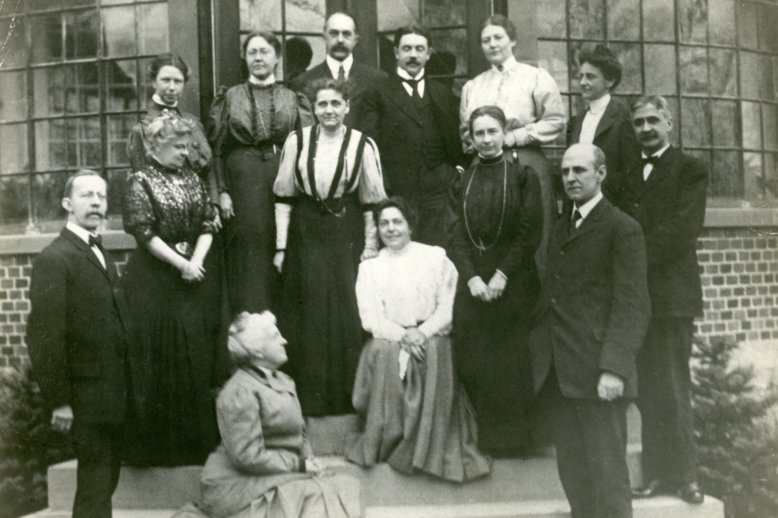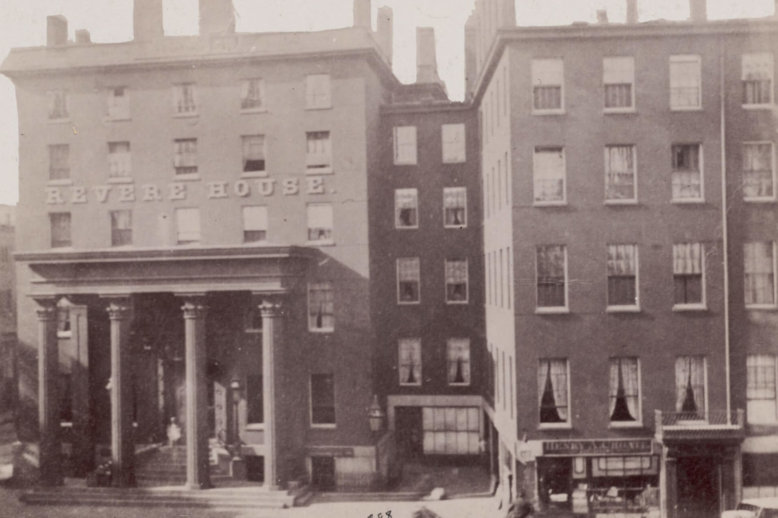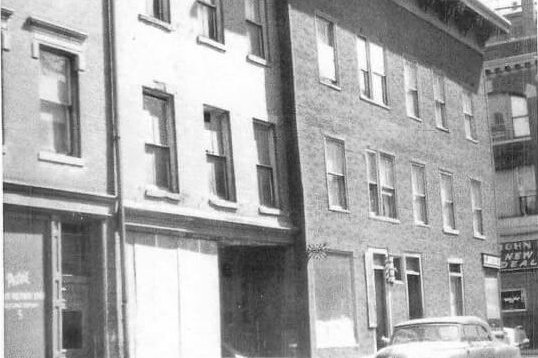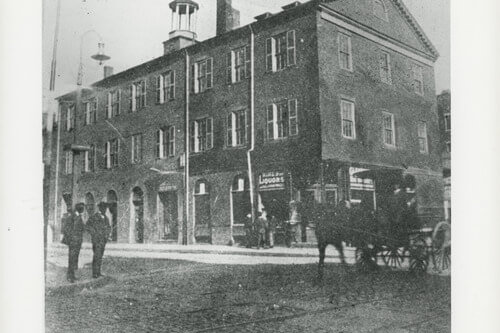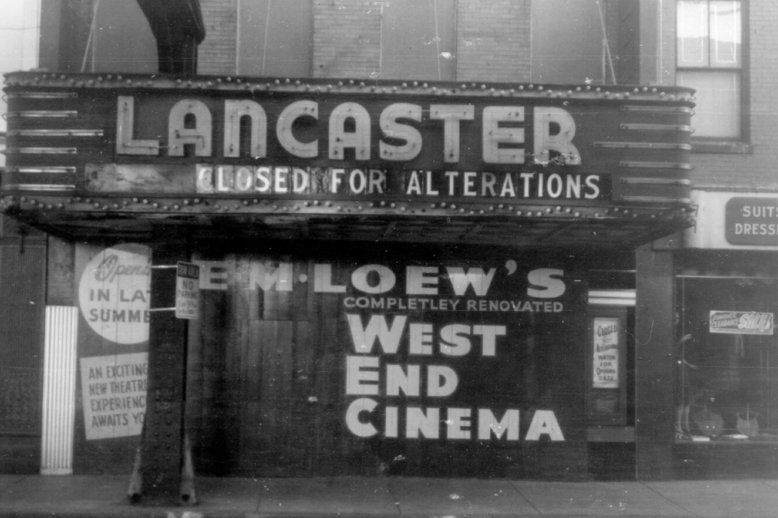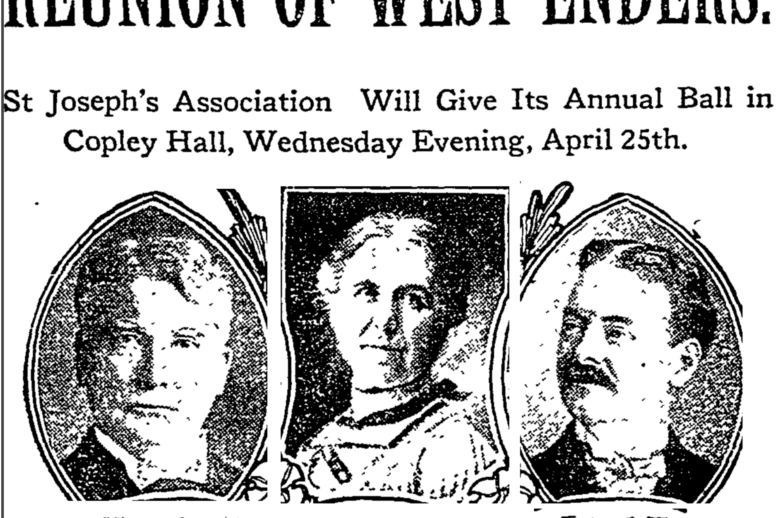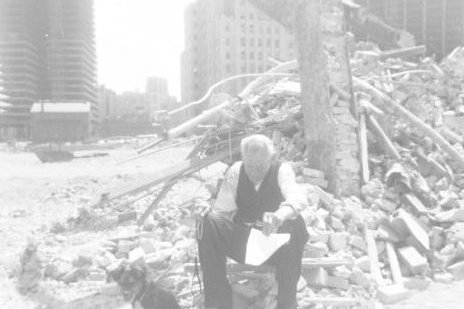Topic: Neighborhood Life
Street corner society, urban villagers, peer group society, life in the immigrant era
The settlement movement was an attempt by scholars and social reformers on both sides of the Atlantic to address the problems caused by industrialization, urbanization, and, in America’s case, the mass immigration of the late 19th and early 20th centuries. Settlement Houses were important institutions in Boston’s West End, assisting families with a wide range of educational and social services.
From before the Civil War into the early 19th century, the Revere House was considered Boston’s most prestigious hotel, catering to the city’s elite and discerning guests from around the world.
The Lost Streets of the West End: Minot Street was one of the dozens of narrow, residential, West End streets razed by redevelopment in the 1950s. While the two street blocks on the northern side of the redevelopment zone were changed profoundly by urban renewal, the site’s rich history represents the constantly shifting geography of the Boston cityscape over the past two centuries.
Charles Bulfinch and his architecture transformed Boston during the Federalist era. Many of his works, such as the Massachusetts State House, still grace the city today. One of his now lost and lesser known buildings, the Parkman Market, served the West End as a public market, a factory, and an early home of St. Joseph’s congregation. Despite its historic significance, it did not survive Urban Renewal.
Like many fellow West Enders of her day, Dorothy Pastore relished an afternoon escape to the Lancaster Theater. There, neighborhood children from diverse backgrounds would join together and enjoy a break from the stresses of school and everyday life. Such experiences reinforced the notion of the West End as an urban village.
Hyman Bloom is remembered as a key figure from the Boston Expressionist movement, praised for his mystical and vibrant paintings. Bloom, in addition to being a visionary artist, offers us a window into Boston’s settlement houses in the 1920s and ‘30s. The West End Community Center, and its artist-teacher Harold Zimmerman, nurtured the creativity of a generation of future artists, from Bloom to Jack Levine.
St. Joseph’s Church was established in 1862 on Chambers Street in the West End, near the site of the first public Catholic mass in Boston. In the early 1900s, the St. Joseph’s Association, an organization of parishioners, hosted an annual party at the church which also held many notable funerals, marriages, and worship services. Decades after urban renewal, West Enders reunited at annual masses at St. Joseph’s to honor deceased fellow residents.
Urban renewal projects, like that in the the West End, have long promised to revitalize aging urban areas, create economic opportunities, and improve living conditions for residents. Despite these positive intentions, urban renewal has also resulted in false promises, the physical destruction of neighborhoods, and forced removal of residents. Such negative impacts have resulted in social isolation, lost social connections, and loneliness.

